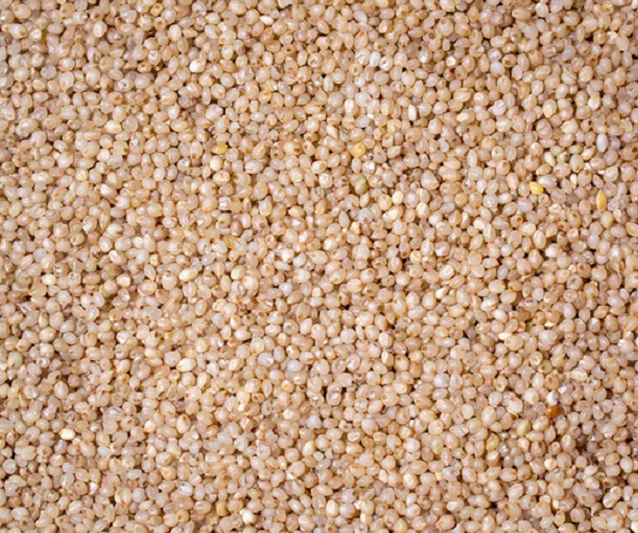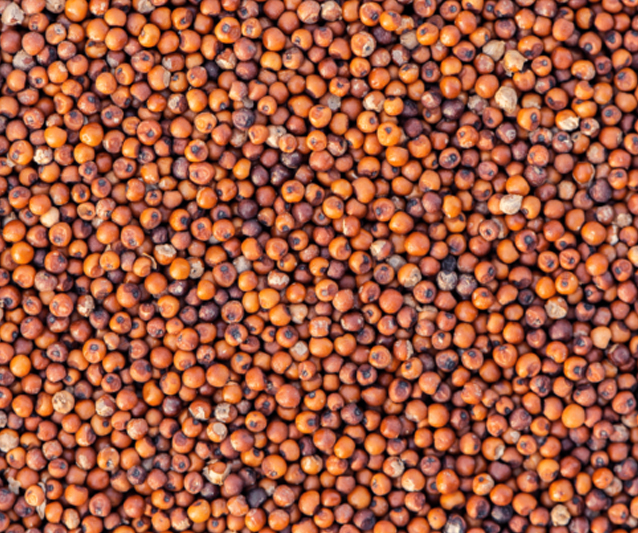
Foxtail Millet
( Kangni)
Whole
Flour
Broken/Dalia/Rava
Flakes

Browntop Millet
( Hari Kangni)
Whole
Flour
Broken/Dalia/Rava
Flakes

Little Millet
( Samai/Sama/Kutki)
Whole
Flour
Broken/Dalia/Rava
Flakes

Kodo Millet
( Kodra )
Whole
Flour
Broken/Dalia/Rava
Flakes

Barnyard Millet
( Sanwa/Jhangora)
Whole
Flour
Broken/Dalia/Rava
Flakes

Finger Millet
( Ragi )
Whole
Flour
Broken/Dalia/Rava
Flakes

Sorghum
(Jowar)
Whole
Flour
Broken/Dalia/Rava
Flakes

Amaranth
( Rajgira/Ramdana)
Whole
Flour
Broken/Dalia/Rava
Flakes
2023 - International Year of Millets
UN dedicates 2023 to greater efforts in producing millets given their nutritional properties and resilience in adapting to climate change.
Millets are some of the earliest cultivated grains in India, dating back to the prehistoric age. They find mention in some of the oldest Indian texts such as the Yajur Veda.
Millets are often referred to as Superfood and its production can be seen as an approach for sustainable agriculture and a healthy world. Multidimensional benefits associated with millets can address the issues related to nutrition security, food systems security, and farmers’ welfare.
- Climate Resilient Crop : As Millets are resistant to climatic stress, pests and diseases, this makes them a sustainable food source for combating hunger in changing world climate.
- Further, millets are not water or input-intensive, making them a sustainable strategy for addressing climate change and building resilient agri-food systems
- Nutritional Security: Millets are high in dietary fibre, nutri-cereals are a powerhouse of nutrients including iron, folate, calcium, zinc, magnesium, phosphorus, copper, vitamins and antioxidants.
- They are important for the healthy growth and development of children.
- Millets, being gluten free and low glycemic index food are good for diabetic persons and can help to combat cardiovascular diseases and nutritional deficiency.
-
- Economic Security:Millets can be grown on dry, low-fertile, mountainous, tribal and rain-fed areas.
- Moreover, millets are good for the soil, have shorter cultivation cycles and require less cost-intensive cultivation.
- Given these features, low investment will be needed for production of millets and thus can prove to be a sustainable income source for farmers.